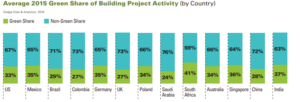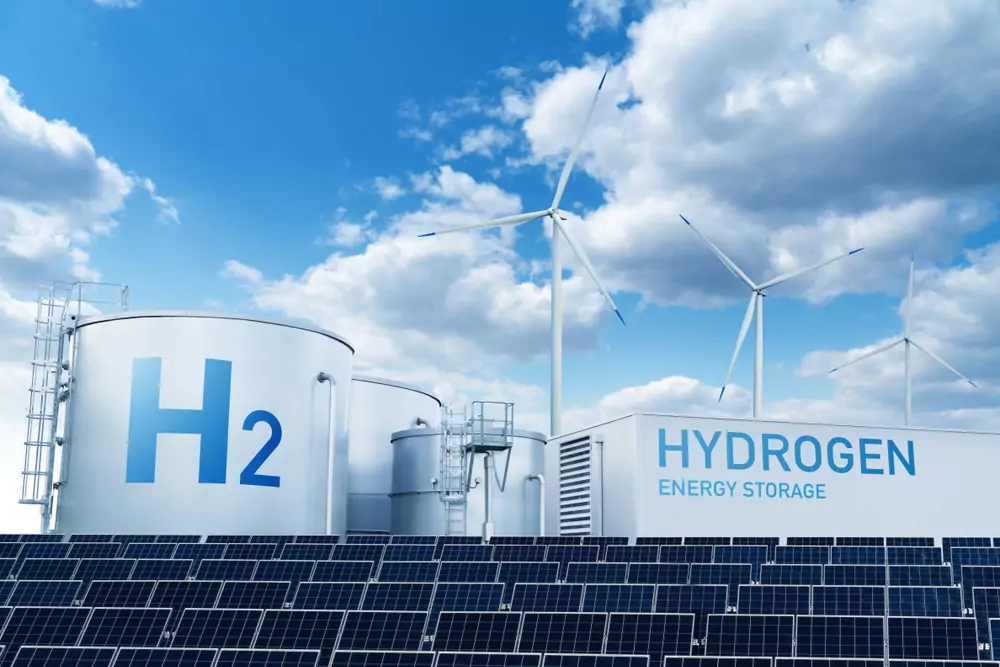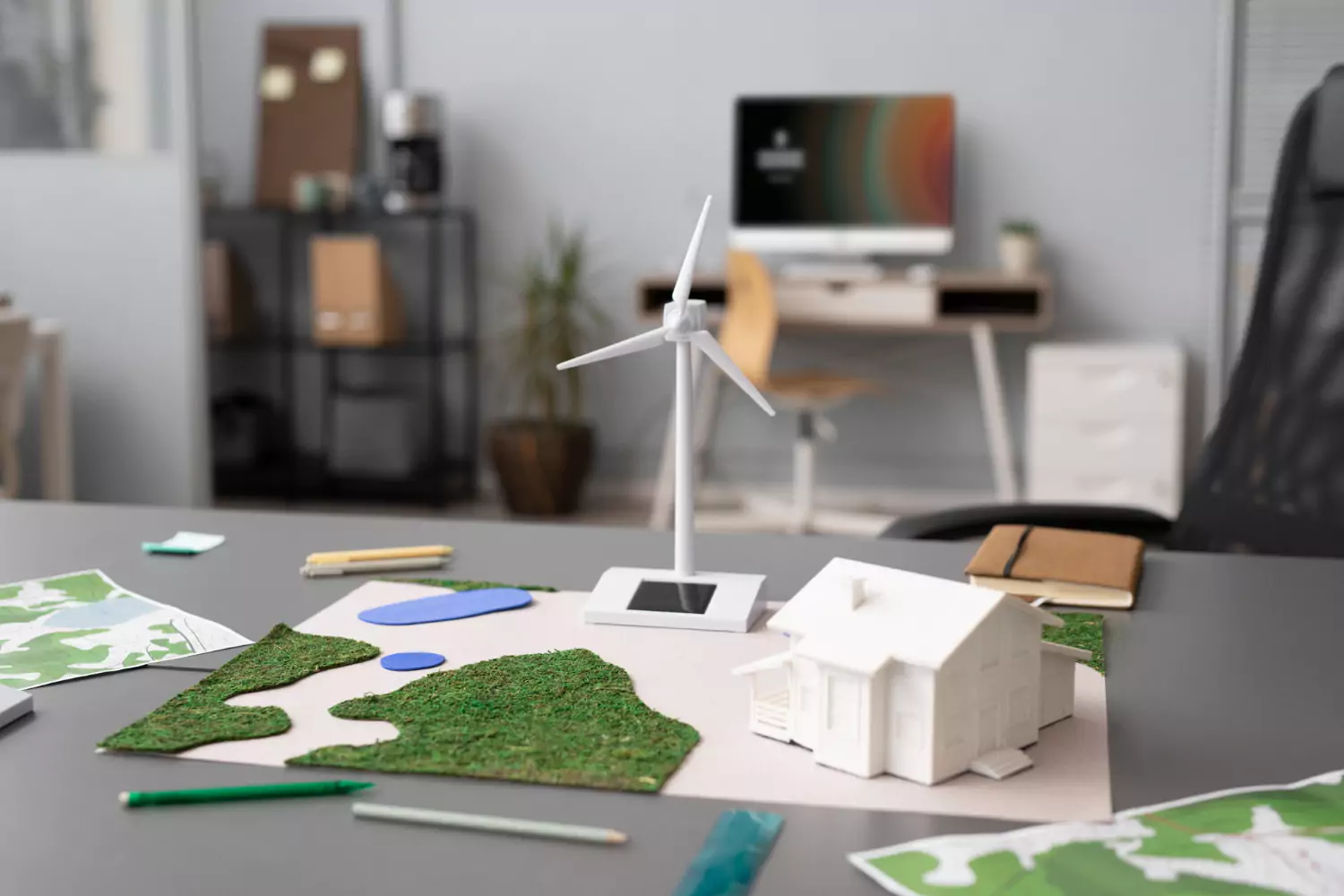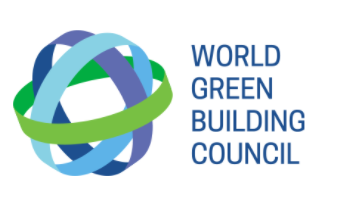Green Architecture: A Future of Digital Transformation
Green Architecture: A Future of Digital Transformation
The 21st century has witnessed major efforts by industries all around the globe to seize new technological capabilities to improve personal lives, corporate dynamics, and industrial processes. In an era of severe climate change crises, new technologies and industrial philosophies are becoming more and more essential. In this context, green architecture emerged as a solution to conserve nature and initiated the transformation of the real estate industry.
“At the turn of the 21st century, a building’s environmental integrity as seen in the way it was designed and how it operated, became an important factor in how it was evaluated.”
What is Green Architecture
Green architecture is an eco-conscious approach that advocates for the preservation of nature in designing, constructing, and operating buildings. In green architecture, the architect adopts a design philosophy that considers the environmental impact of all aspects of the project. A green building or community is one that takes into account the efficiency and sustainability of energy resources, the preservation of water and air resources, waste reduction, and the adaptability of materials to a changing environment.
Green architecture does not only aim to limit or eliminate the negative impact that construction activity has on the environment, but to have a positive effect on the people and nature through environmentally conscious designs, practices, building materials, and the use of the latest technologies.
Why Green Architecture?
Construction harms the environment in several ways: high energy consumption, generation of waste, high direct CO2 emissions compounded by deforestation, and water and air pollution. From architectural design to operations, a construction project contributes to climate change, disrupts wildlife, and consumes a lot of resources.
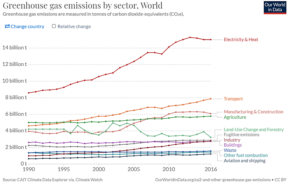
The United Nations Environment Program reported that the “buildings and construction sector accounted for 36% of final energy use and 39% of energy and process-related carbon dioxide (CO2) emissions in 2018, 11% of which resulted from manufacturing building materials and products such as steel, cement, and glass. And according to research and statistics, in 2018 the worldwide emissions from buildings rose to 9.7 gigatonnes of carbon dioxide (GtCO2).”
The Rise of Green Architecture and Technologies
The green architecture was founded in 1969 by Ian McHarg who theorized a holistic approach to transform the way buildings and communities are designed, built, and operated. His most important contribution are detailed in his book “Design with Nature” where he outlined the process of living harmonically with nature by applying a “landscape suitability analysis”. His principles of regional ecological planning explain the importance of assessing the health of a region, its ecological constraints, and accordingly where and how construction should take place to live in harmony with nature.
In 1994, the U.S Green Building Council formalized McHarg’s principles establishing the Leadership in Energy and Environmental Design standards (LEED). The LEED standards were made to provide measurable guidance and framework for the design and construction of environmentally responsible, highly efficient, and cost-saving green architecture projects and green buildings. The standards mainly focus on sustainable site development, water savings, energy efficiency, material selection, and indoor environmental quality and are updated frequently. The Green Building Council also tackles awareness, education, innovation, and design of sustainable development.
Green architecture was founded in 1969 by Ian McHarg who theorized a holistic approach to transform the way buildings and communities are designed, built, and operated. His most important contribution are detailed in his book “Design with Nature” where he outlined the process of living harmonically with nature by applying a “landscape suitability analysis”. His principles of regional ecological planning explain the importance of assessing the health of a region, its ecological constraints, and accordingly where and how construction should take place to live in harmony with nature.
Simultaneously, the advancements in environmental technology and different fields of hydrogeology, geology, biochemistry, and nature-cybernetics have encouraged the goals of sustainable city planning and green architecture. Technology in the 21st century creates the opportunity for a different approach to architecture and design that embraces the environment.
Green Architecture Technologies
Green walls and vertical gardens along with green roofs are all hallmarks of green buildings that help minimize heating and cooling costs, prevent storm-water runoff, filter out pollutants, and accordingly reduce energy use and cost. Solar power, in addition to hydropower and wind power, is very often used as renewable energy resources for heat and electricity so that any residential or commercial building is able not only to fulfill its own needs but to generate and store electricity. Recycling and waste reduction are also features of major importance in green architecture.
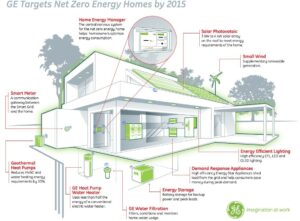
Recent smart city projects are trying to blend green infrastructure with internal smart home solutions and seize technological tools to improve sustainability. Smart appliances are being used to minimize energy consumption aiming at establishing net-zero energy in residential and commercial buildings. Net-zero energy buildings rely only on the energy produced onsite from renewable resources through a combination of energy efficiency and renewable energy generation. Green water technologies are also being used along with different irrigation technologies to enhance the quality of water for irrigation and the ecosystem overall. Other water technologies and techniques include dual plumbing systems, the re-use of water, and harvesting rainwater to minimize the consumption of traditional freshwater resources.
Sustainable design is based on energy-minimizing strategies as designing windows that constantly reflect daylight, the use of low emitting materials, and the use of smart glass to save a lot on heating, ventilation, and air conditioning costs. In addition, the design also considers the materials used internally and externally to ensure the health and safety of people with regard to carcinogenic elements or toxic materials.
Green Architecture around the Globe:
Several countries have initiated green building investment projects around the world to meet the Paris Agreement and Sustainable Development Goals (SDGs) for 2030. As of 2015, several countries have already incorporated Green buildings in their master plans.
Singapore is one of the earliest countries in Asia to incentivize and initiate green architecture projects. In 2009, the Singapore Green Building Council was established to encourage green architecture and to encourage private-public partnerships. “Singapore is the only country that makes it mandatory for any building of 5,000 square meters to achieve minimum standards as per the code for environmental sustainability,” says Mayank Kaushal, an architect, senior sustainability consultant, and researcher with Future Cities Laboratory.
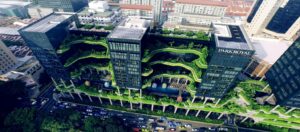
The Parkroyal on Pickering hotel in Singapore designed and completed in 2013 is a prime example of this philosophy in action featuring 161,459 square feet of sky gardens, waterfalls, and planter walls. The hotel incorporates different technologies including solar power grids, rain sensors, and water and light saving tools. The project was designed and completed by WOHA, and the project won Interior Design’s 2013 Best of Year Award for Hotel Common Space.
Several countries around the globe have been either developing or planning on going green as well including Canada, Germany, Guatemala, U.S.A, Australia, China, Denmark, Italy, India, Japan, Mexico, Netherlands, U.K, U.A.E, Egypt, South Africa. However, each country may pursue green architecture and sustainable development differently according to its resources and climate.
Challenges and Conclusions
Green building practices are gaining more acceptance in the construction and real estate industries as a viable solution to becoming environmentally sustainable. Yet green architecture was founded more than 50 years ago, and its uptake hasn’t been progressing as one would expect.
Adopting sustainable development and green architecture practices remains challenging for several reasons. Compared to conventional methods, the capital and additional costs needed constitute the major challenge to even consider going green especially for developing countries. The materials and equipment used in the construction of green buildings are expensive as are the technologies needed for energy efficiency and generation. But more recent research shows that: “investments can be recouped through operational cost savings and, with the right design features, create a more productive workplace.”
However, the cost is not the sole challenge, other major obstacles include the lack of expertise and skilled manpower, the lack of awareness and environmental education, minimal adoption incentives, and the lack of laws and policies. More importantly, the lack of dedicated research and development is a major issue.
And while the main purpose of adopting green architecture is nature-driven, the indirect effects this new approach can have on society is revolutionary. Adopting sustainable development in fact stimulates environmental awareness, technical and scientific research, new skills in the workforce, and efficient industrial practices. The future is ours to lose.
References
Bold Business, Building Green, 2019.
https://www.boldbusiness.com/infrastructure/green-construction-environmental-impact/
Inso Architectural Solutions, Green Architecture Vs. Sustainable Architecture in South Africa, 2021.
https://www.inso.co.za/blog/green-architecture-vs-sustainable-architecture-in-south-africa/
World Green Building Council, How Green Building is Facilitating Rapid Sustainable Growth in Africa, 2021.
https://www.worldgbc.org/news-media/how-green-building-facilitating-rapid-sustainable-growth-africa
DNA Barcelona, DNA Unveils a Futuristic Eco-Building for Singapore, 2020.
https://www.dna-barcelona.com/dna-unveils-a-futuristic-eco-building-for-singapore/
TessilBrenta Nonwovens Technology, Green Roofs and Terraces, 2021.
https://www.tessilbrenta.com/en/ecotess#roofs
EliteTraveler, Futuristic Target Tower to be Built in Singapore, 2021. https://www.elitetraveler.com/design-culture/architecture-interiors/futuristic-garden-tower-to-be-built-in-singapore
High Speed Training, Pollution from Construction, 2019.
https://www.highspeedtraining.co.uk/hub/pollution-from-construction/
IEREK, Green Buildings and its Benefits in Smart Cities, 2017.
https://www.ierek.com/news/index.php/2017/08/01/smart-cities/
Conserve Energy Future, Green Construction, 2021. https://www.conserve-energy-future.com/top-sustainable-construction-technologies-used-green-construction.php
CNN, Green buildings: 18 examples of sustainable architecture around the world, 2020.
https://edition.cnn.com/style/article/green-buildings-world-sustainable-design/index.html
Daniels, T. 2019. McHarg’s theory and practice of regional ecological planning: retrospect and prospect
Britannica, The Rise of Eco-Awareness, 2021. https://www.britannica.com/art/green-architecture/Principles-of-building-green
United Nations Environment Program, 2019 Global Status Report for Buildings and Construction Sector. https://www.unep.org/resources/publication/2019-global-status-report-buildings-and-construction-sector
U.S Green Building Council, Vision, 2021. https://www.usgbc.org/articles?Channels=%5B%22Industry%22%5D
Britannica, The Rise of Eco-Awareness, 2021. https://www.britannica.com/art/green-architecture/Principles-of-building-green
Conserve Energy Future, Green Construction, 2021. https://www.conserve-energy-future.com/top-sustainable-construction-technologies-used-green-construction.php
Interior Design, 8 Sustainably Designed and Architecturally Significant Buildings in Singapore, 2019, https://www.interiordesign.net/articles/16140-8-sustainably-designed-and-architecturally-significant-buildings-in-singapore/
World Green Building Council, The Business Case for Green Building: A Review of the Costs and Benefits for Developers, Investors and Occupants, 2021. https://www.worldgbc.org/news-media/business-case-green-building-review-costs-and-benefits-developers-investors-and-occupants



